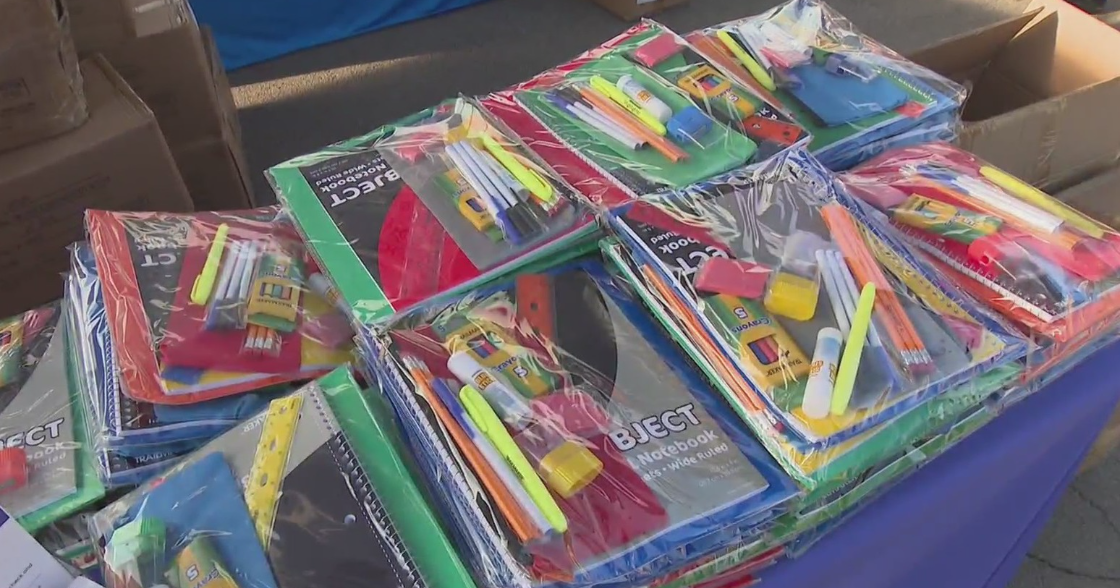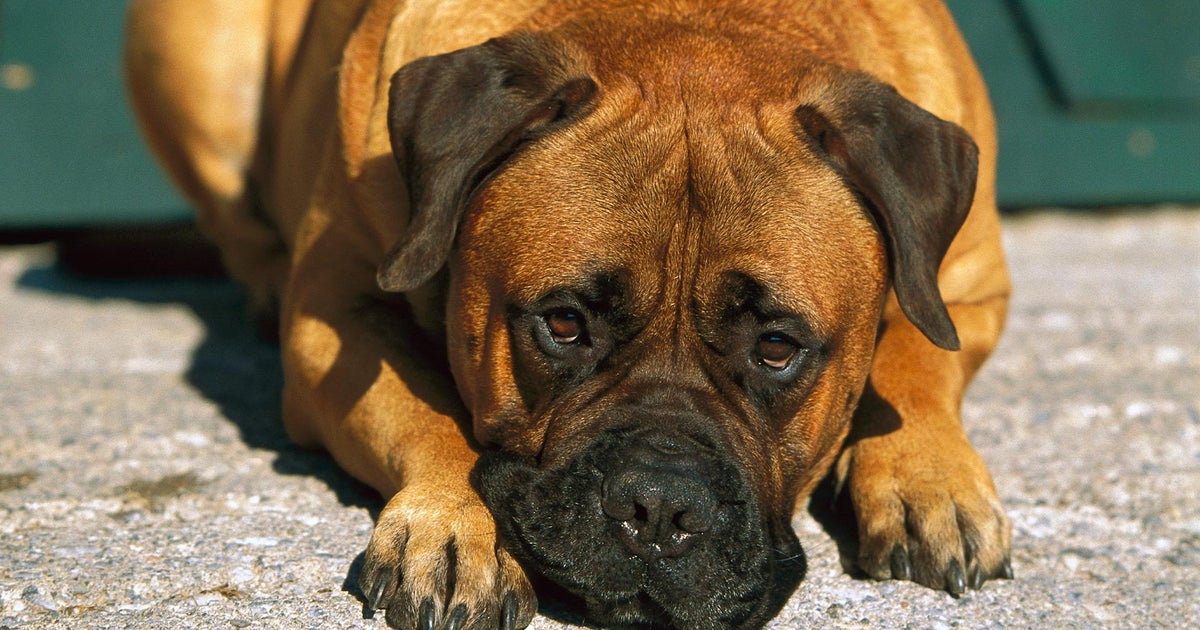Hey Ray! Understanding Surface Tension
PITTSBURGH (KDKA) -- If you think about it, water can be kind of weird.
It can be a liquid, a solid or a gas. It contracts when it is cooled to a certain point, then starts to expand as it gets closer to freezing.
These make water an interesting substance, but there is another thing that makes water weird that isn't talked about much. Its surface tension.
Let me show you before I explain.
Look at this glass. I can over fill this glass a little bit without spilling the water.
You can see how the water rises above the lip of this glass.
How is that happening?
This has to do with liquid molecules having cohesive forces between them. In a glass of water, for example, you have a bunch of water molecules.
Water molecules form bonds with nearby water molecules.
Sort of a scientific buddy system.
The water molecules at the top or surface, though, have fewer molecules to hang on to, so they must compensate.
They do this by forming stronger bonds with their nearby molecules leading to surface tension.
This allows water to overfill a glass to a certain extent.
The bond is only so strong, and if you overdo it, you will spill.
This cohesion is strong enough, though, to float light things that are very light on top of the water, like a safety pin.
We can make water's surface tension do even more amazing things.
Get a canning jar and put a screen over the hole.
Water can pass through the screen, as you would expect.
However, if you let the surface tension establish itself by turning it upside down on a solid flat surface, like a container lid, you can remove the lid and the water will stay in the jar because of the that surface tension and air pressure.
The tiny holes in the screen make for a larger total surface area for the formation several areas of surface tension.
This works with air pressure to support the rest of the water.
To get the water out of the jar, just give it a tilt or a shake.
That will break the surface tension, causing the water to spill.
WEATHER LINKS:
Current Conditions | School Delays & Closings | Local Radar | Weather App | Photos
Stay up to date with the KDKA app, which you can download here.











